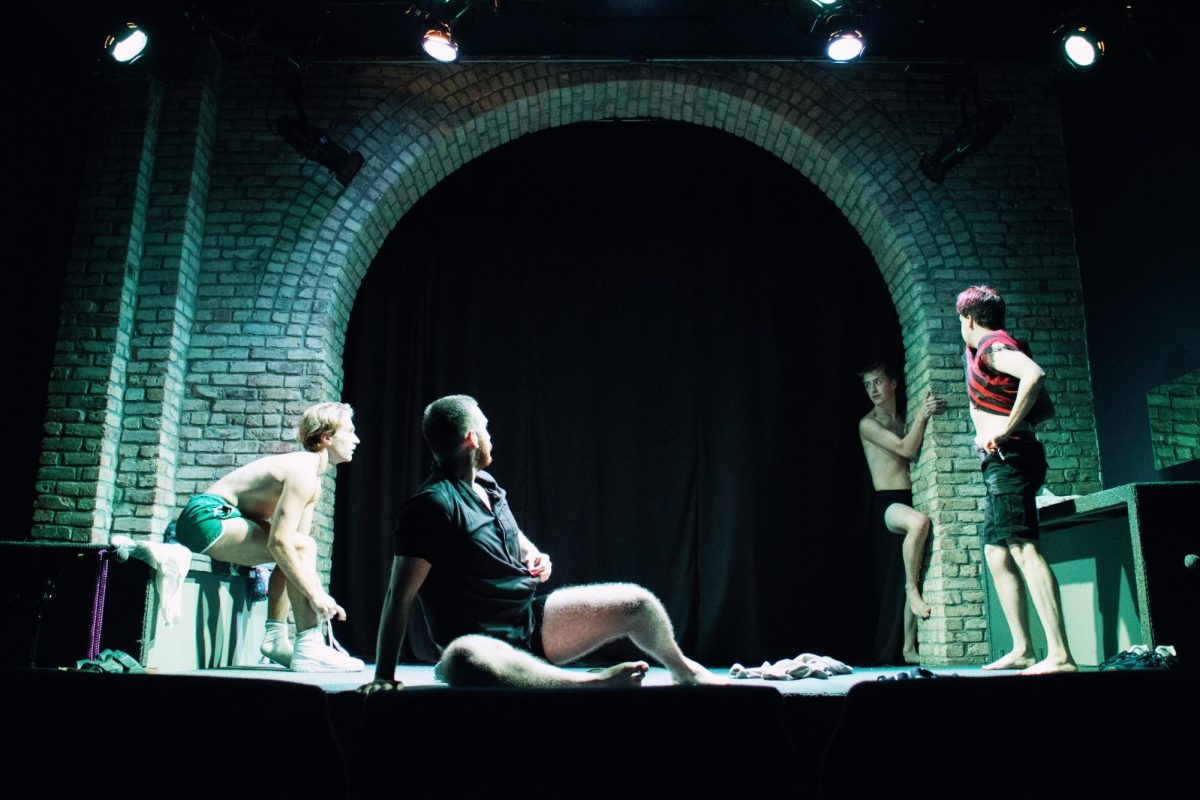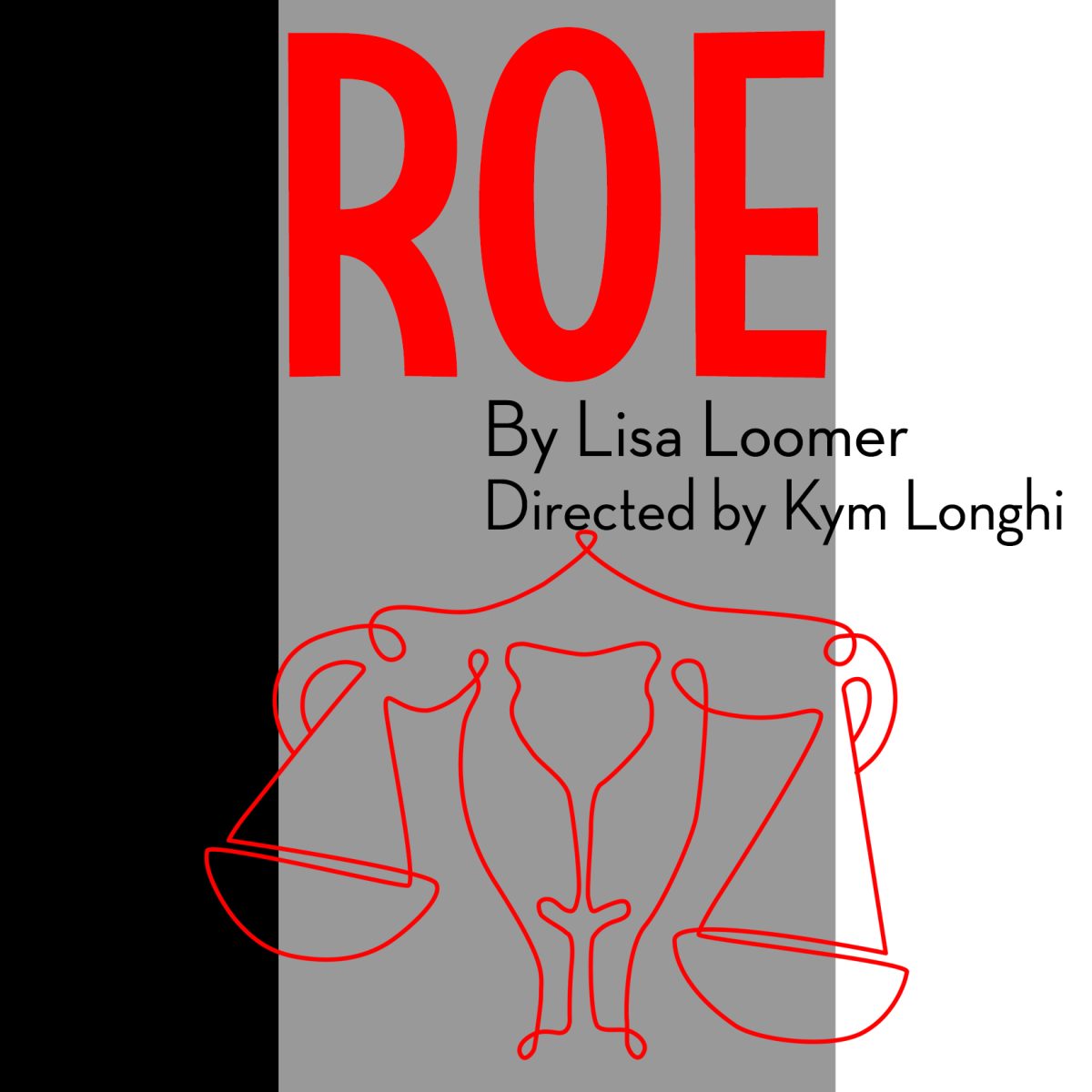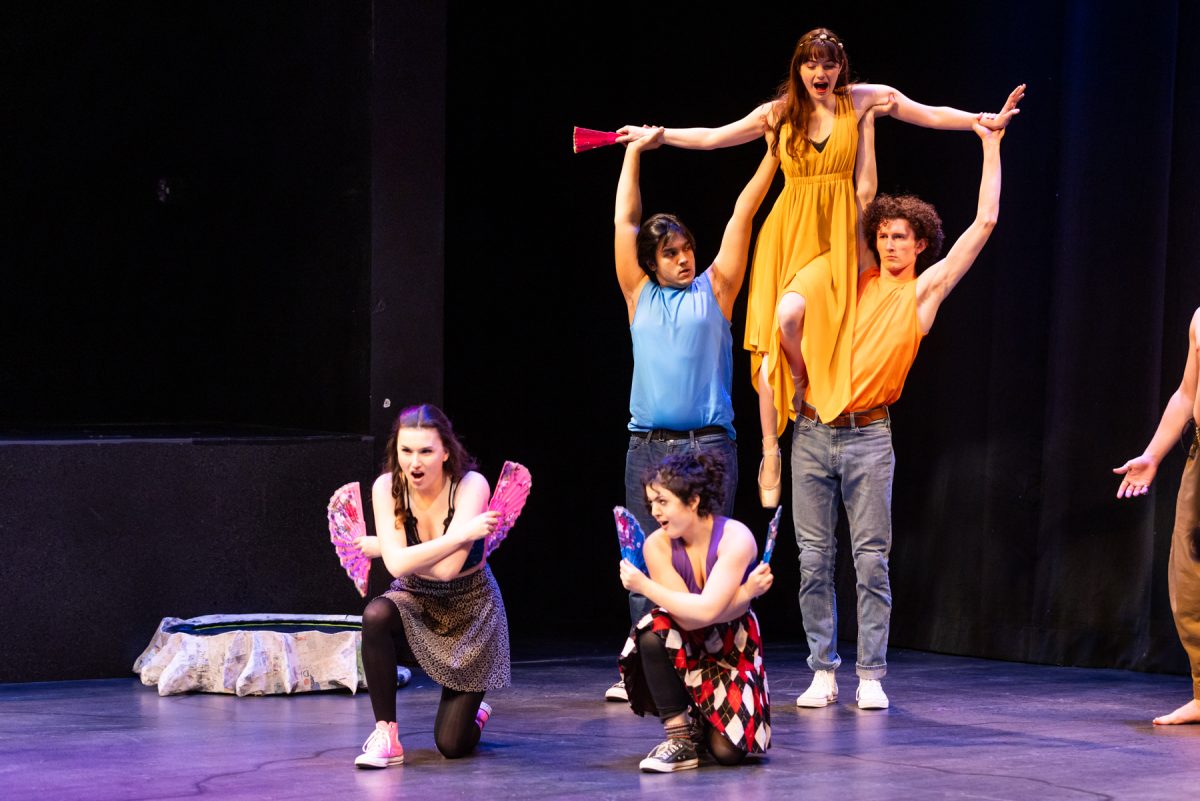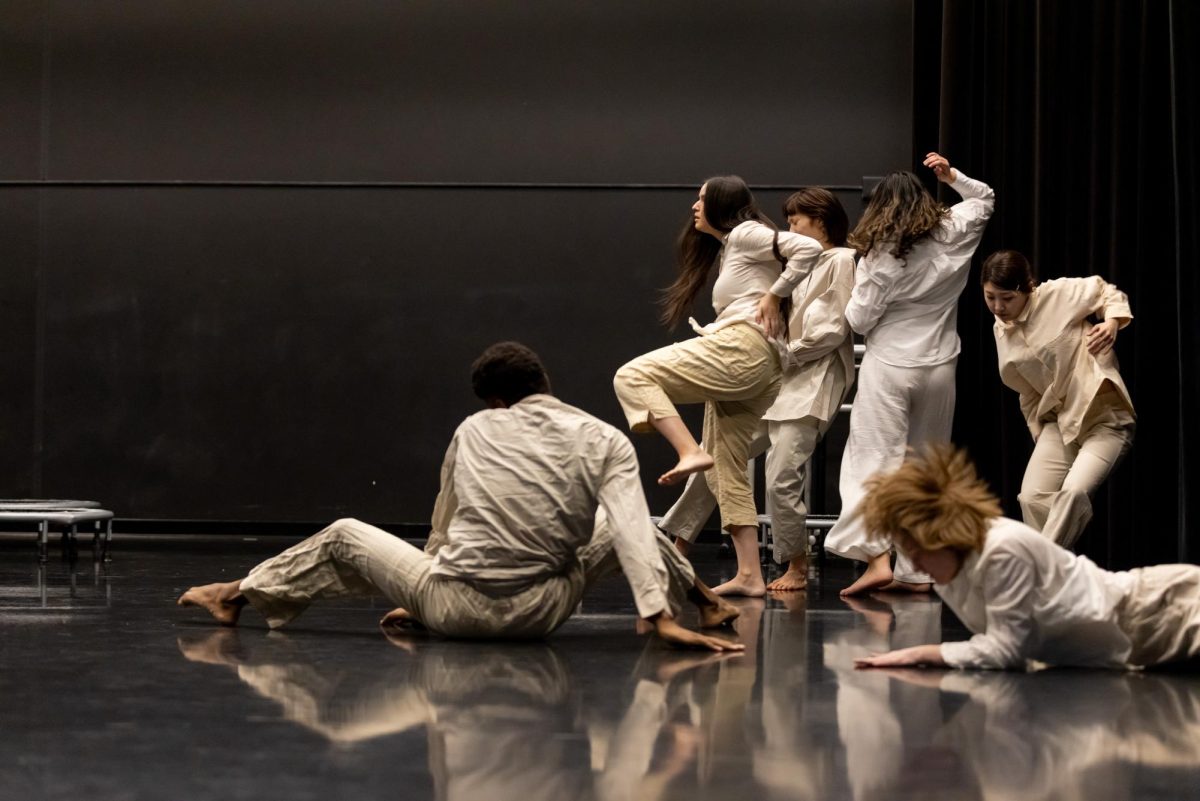Fictional characters often influence national identities.
The machismo of James Dean’s Jim Stark and Marlon Brando’s Stanley Kowalski did as much to personify the modern male as capitalism did for American life. Jay Gatsby’s tragic infatuation with greed, power and egoism mirrored an American struggle familiar to us all: to achieve individuality and greatness at any cost.
In 1837, a shared love of nature and folklore led collaborators Jorgen Moe and Peter Christen Asbjornsen to collect and publish Norwegian folk tales. Norway, although independent of Danish rule since 1814, still remained under Swedish dominion. A lack of common cultural ideologies restrained Norway from defining itself as a nation independent of Sweden’s influence.
The first publication of Moe and Asbjornsen’s work coincided with a surge of nationalism in Norway. Their efforts, much like those of the brothers Grimm, became the underpinning of future literary, dramatic and historical writings.
Henrik Ibsen was one of many Norwegian writers influenced by these folk stories. Ibsen, building his verse drama “Peer Gynt” upon aspects of Asbjornsen’s legends, personified what he thought were Norwegian ideals in the title character.
After months of traversing mountaintops, crags and forests, Peer Gynt (Ryan Underbakke), our loveable anti-hero, returns home to a brow-beating from his irate mother. Aase (Erin Lundeen) demands to know the story behind her son’s absence. What follows is a testament to Peer Gynt’s virtue as a storyteller. Adapted from Asbjornsen’s “A Reindeer Hunt in the Rondane Mountains,” Peer Gynt recounts the hunting events that led to his joyride on a buck’s flank over a cliff.
“Bang! At the sound/Of my gun, the buck falls to the ground/ And in the quarter-second that he’s down/I leap across his heaving back/When hey! The monster screams, and crack!/He scrambles to all fours, and in a flash/I’m flying backwards as he spins.”
Peer Gynt’s exaggerations, brashness and lies bring him into disrepute among other citizens. He is an idler who doesn’t take his work and other responsibilities seriously. He has beaten up the blacksmith, wooed every woman in town, trapped the devil in a nutshell and often takes to the bottle. And yet, despite Peer Gynt’s lethargy and moral turpitude, he still believes that an ineffable greatness will be his.
“My word. I’ll change my ways. I’ll make/You proud of me, you’ll see! Wait till I/Do something – something really big/I will be king! Emperor!”
Peer Gynt thrusts aside inaction in a final attempt to win his mother’s regard when Aase mentions Ingrid’s (Bethany Johnson) marriage. Determined to stop the wedding at all costs, Peer Gynt does the only thing he can – he steals the bride.
Nevertheless, a mountainside tryst does little to convince Peer Gynt that Ingrid would be worth the commitment. He abandons her in the wilderness and is expelled from society.
Compilations of oral and written folklore are often sewn together from multiple versions of the same tale. Asbjornsen and Moe, for example, consolidated a range of traditional folk variants to produce their own stories. Ibsen’s reworking of Peer Gynt is in some ways an extension of this practice. Maggie Scanlan continues that tradition with her Master of Fine Arts thesis production of “Peer Gynt” on the University mainstage.
The play was originally work-shopped in the University’s Xperimental Theatre. Our anti-hero Peer Gynt gets quite a makeover. He’s cockier, hipper and better groomed than his Norwegian origins might suggest.
Scanlan doesn’t shy away from using her love of film to influence the play’s direction. In her version of “Peer Gynt,” another textual level is added so that Peer Gynt’s journey shifts between parallel universes of a play, within a play, within the movie business.
In the midst of one scene, the director yells cut and the actors on stage disperse. Peer Gynt, all by his lonesome self, decides to rehearse his lines with Solveig (Jen Rand) for the next scene. The dawning recognition that follows from this transition jars the audience’s expectations of the narrative. One begins to question where the boundaries of Peer Gynt’s life end and his fantasies begin.
The disjunction of time is the greatest benefit of Scanlan’s script. Ibsen’s verse drama, as brilliant as it is, runs the risk of tediousness in its usual format. Chronological narratives can often become predictable, if only because the protagonist’s timeline is fixed.
Scanlan flips the whole narrative on its head and feeds it back to itself. The audience lingers in a time warp where past, present and future meld together. The ambivalence of Peer’s reality mirrors our own as we scrutinize the ground beneath our feet.
“He’s having a nightmare. The take I’m doing is that he is dying and he is seeing his life flash before his eyes.” Scanlan said. “I was looking for our folklore. Who do we look at and say ‘that’s America, that’s who we are.’ And I thought James Dean and Marlon Brando. So I realized that our folklore, where we tell the stories of ourselves, is the cinema for the United States. That is where we see ourselves. The whole point is self-obsession.”
Scanlan also acts as the Xperimental Theatre’s artistic director. The “X’s” role became instrumental in developing her impressions of Ibsen’s script.
“The ‘X’ allowed me to explore and open up the play and be funky.” Scanlan said. “Explore in a nonlinear way and not worry about people being able to recognize this as ‘Peer Gynt.’ When you read a script, you have impressions and that’s what an artist or director has to go on is their impressions. The ‘X’ is amazing. The ‘X’ allows you to dream.”
Scanlan believes that the ‘X’ provides creative freedom in its productions that the mainstage, because of certain strictures, does not.
“For some reason, the (University) mainstage shows can be very uninspired,” Scanlan said. “And I’m really fighting that. I’m trying to get the juices flowing. Theater has to come from joy. And that joy has to be supported somewhere. The juices of the artist have to be cherished. My experience of the (University) mainstage is not that the director, in this case, is truly supported in a way that allows them to remain creative. It’s support, It’s somebody telling you, ‘you know what you are doing is great!'”
Ibsen and Scanlan seem to be prodding our traditional notions of individuality.
Peer Gynt’s quest to gain identity leads him down a lonely road of rationalization and denial where he states, “The most important thing is to win the war!” Viewers are left to ask themselves at what cost.
If Peer Gynt represents an extreme of individualism, then his blindness makes the pursuit futile. Is this who we want to identify with? Should figures such as Peer Gynt represent our individual and national heroes?
After all, it is easier to be a wise man on a mountain than to wake up each morning ingloriously normal.
















